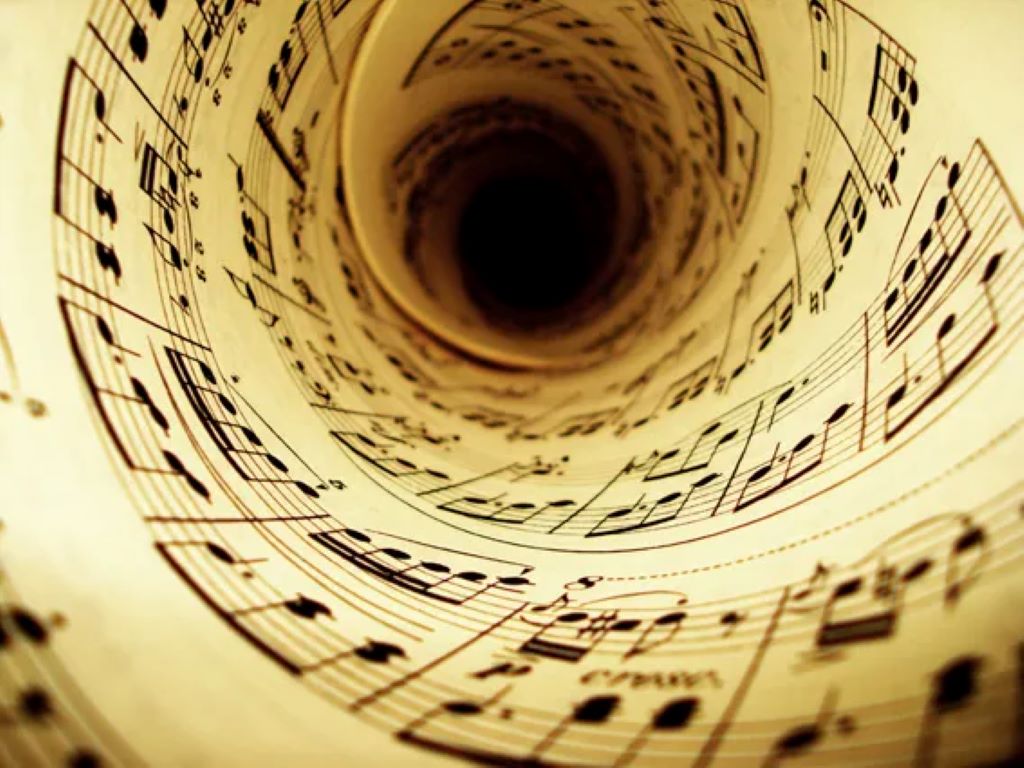
If you’ve ever been moved by a beautiful melody, tapped your foot to a catchy beat, or felt chills during a dramatic chord change, you’ve experienced the undeniable power of music. But what makes music tick? What’s the secret language behind those harmonious sounds and complex emotions that music evokes? The answer lies in music theory.
What Exactly is Music Theory?
Put simply, music theory is the study of how music works. It’s a framework that helps us understand, analyze, and create music. Think of it like the grammar of a language: while you can enjoy speaking and listening to a language without formally studying its grammar, understanding the rules gives you a deeper appreciation and the tools to express yourself more effectively.
Music theory isn’t about restricting creativity; rather, it’s about giving you more options and control when composing, performing, or simply enjoying music.
The Building Blocks: Key Elements of Music Theory
Let’s break down some of the fundamental elements that music theory explores:
- Notes and Scales: The alphabet of music consists of notes. Scales are organized collections of notes that form the foundation of melodies and harmonies.
- Melody: A melody is a sequence of notes that creates a memorable tune – the part you might hum along to in a song.
- Harmony: Harmony is the combination of notes played simultaneously to create chords. These chords provide the rich musical backdrop to a melody.
- Rhythm: Rhythm is all about the timing of musical events. It’s how notes and rests are arranged to create patterns, giving music its groove and feel.
- Timbre: Timbre describes the unique sound quality, or “color,” of different instruments or voices. Imagine the difference between a piano and a trumpet playing the same note – that’s timbre in action!
- Dynamics: Dynamics refers to the variations in volume (loudness or softness) within a piece of music. These shifts add emotional intensity and shape.
- Form: Form is the structure or blueprint of a musical composition. It’s how different sections like verses, choruses, and bridges are organized.

Why Bother with Music Theory?
Whether you’re a musician, a songwriter, or simply a dedicated music lover, understanding music theory can unlock a world of benefits:
- Enhanced Listening: Music theory gives you the vocabulary to describe what you’re hearing. You can identify chord progressions, analyze melodies, and appreciate the intricate interplay of musical elements.
- Deeper Musical Communication: If you play or sing with others, music theory provides a common language, making collaboration easier and more efficient.
- Improved Composition: Grasping harmony and form empowers you to write your own melodies, chord progressions, and even entire songs.
- Skill Development: Music theory helps you sight-read music, improvise with confidence, and pick up new songs or instruments much faster.
- Informed Interpretation: For performers, music theory helps you understand the composer’s intentions and add your own expressive touches.
Taking the Next Step
If you’re intrigued by the world of music theory, there are plenty of ways to dive in:
- Online Resources: Websites, YouTube channels, and online courses offer a wealth of music theory lessons and tutorials, often for free.
- Books: There are countless music theory books catering to different skill levels and interests.
- Music Lessons A qualified music teacher can provide personalized instruction and help you apply the theory in practical ways.
Remember, music theory is a journey, not a destination. Every bit of knowledge you gain will enhance your musical experiences. Don’t get overwhelmed by the technicalities; focus on the joy of discovery and how exploring music theory deepens your connection to the music you love. Music theory will help you unlock a whole new level of appreciation and bring you closer to the heart of musical creation.


 What is Trap Music? A Deep Dive into the Gritty Genre
What is Trap Music? A Deep Dive into the Gritty Genre  Unlocking the Language of Music: Your Guide to Music Theory
Unlocking the Language of Music: Your Guide to Music Theory  Trap vs. Rap: Unraveling the Nuances
Trap vs. Rap: Unraveling the Nuances  The Ultimate Guide to Playing Music on Discord
The Ultimate Guide to Playing Music on Discord 


